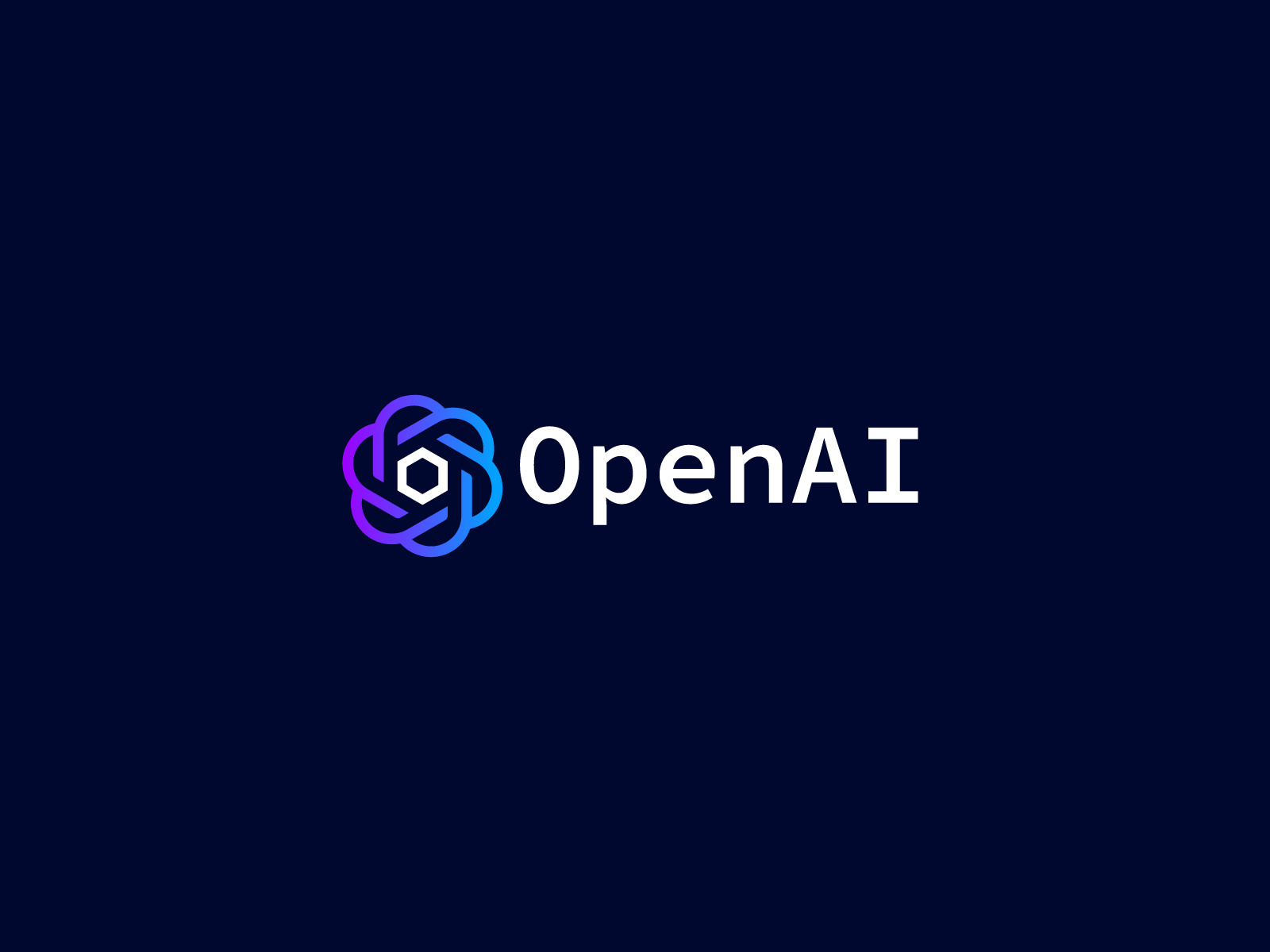Google, whose contributions to artificial intelligence facilitated the creation and distribution of content generated by AI, now seeks to guarantee that such content is also traceable. The strategy disclosed by the technology company resembles a plan revealed by Meta, another prominent Silicon Valley entity, two days earlier.
The tech giant announced on Thursday that it is contributing to an initiative to create credentials for digital content, a “nutrition label” that indicates the time and manner in which a file, video, photograph, or other file was created or modified, including with artificial intelligence. In order to tweak the technical specifications, the firm will work with organizations such as Adobe, the BBC, Microsoft, and Sony.
The declaration follows a related commitment made by Meta on Tuesday, which, similar to Google, has facilitated the effortless production and sharing of synthetically produced material. Meta stated it would be in favor of the use of standardized identifiers for recognizing such materials.
Google, which has invested heavily in artificial intelligence initiatives for years, stated that it would investigate the possibility of integrating digital certification within its own products and services. However, the timing or scope of this investigation was not specified. Gmail and Docs are among the company’s most prominent consumer services with which the Bard chatbot is integrated. You can easily find videos on Google-owned YouTube, which will be part of the digital credential initiative, where realistic digital avatars with voices generated by text-to-speech services offer commentary on current events.

In 2024, when the world’s largest elections will be held, lawmakers and tech watchdogs will be focusing on tracing the origins and evolution of online content. Following an extended period of misinformation and division, the spread of realistic visual and auditory content generated by artificial intelligence, coupled with unreliable AI detection tools, increased individuals’ skepticism regarding the authenticity of online content.
The digital ecosystem could be made more reliable, according to backers of a universal certification standard, by configuring digital files to contain a verified record of its past. Google has announced its intention to become a member of the steering committee for the Coalition for Content Provenance and Authenticity (C2PA). The New York Times and other news organizations, along with camera manufacturers, banks, and advertising agencies, have all voiced their support for the C2PA standards.
Google’s vice president of trust and safety, Laurie Richardson, stated in a statement that the organization anticipated its efforts would “provide important context to people, helping them make more informed decisions.” She discussed additional initiatives undertaken by Google to furnish users with additional knowledge regarding the online content they come across, such as the labeling of artificial intelligence-generated content on YouTube and the provision of image details in Search.
Metadata refers to the underlying information contained in digital files, and attempts to give credentials to it have yet to be completely successful.
This week, OpenAI announced that its AI image-generation tools would incorporate watermarks into images in accordance with the C2PA specifications. On Monday, the business announced that all images produced by its ChatGPT online chatbot and DALL-E standalone image generator will have “a visual watermark and hidden metadata” that identify them as being generated by artificial intelligence. OpenAI stated that the action “is not a silver bullet to address issues of provenance” and that the tags “can be removed easily by accident or on purpose.”

In a blog post published last month, Adobe senior director of the Content Authenticity Initiative, Andy Parsons, stated that there is “a collective sense of urgency” to strengthen confidence in digital content. Adobe released artificial intelligence tools the previous year, including Generative Fill, a Photoshop tool that employs AI to enlarge an image beyond its borders, and Adobe Firefly, an AI art-generation software. Mr. Parsons wrote, “The stakes have never been higher.”




